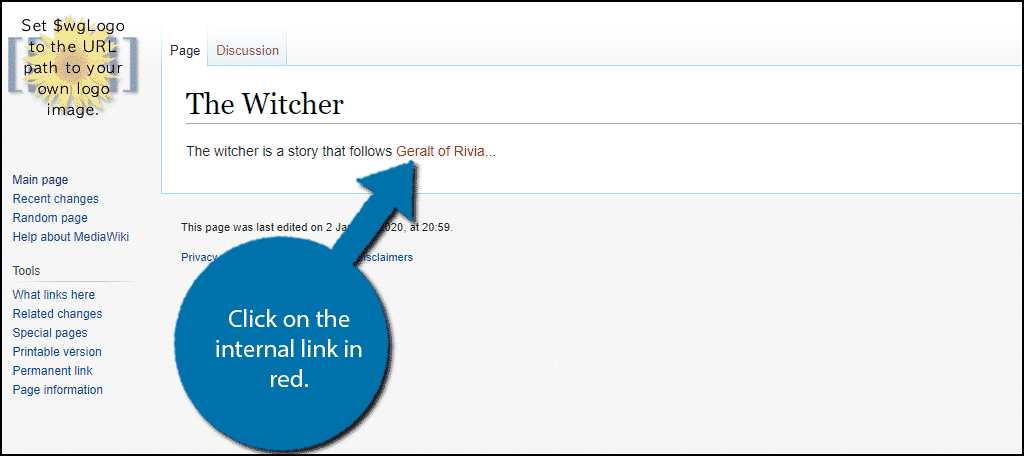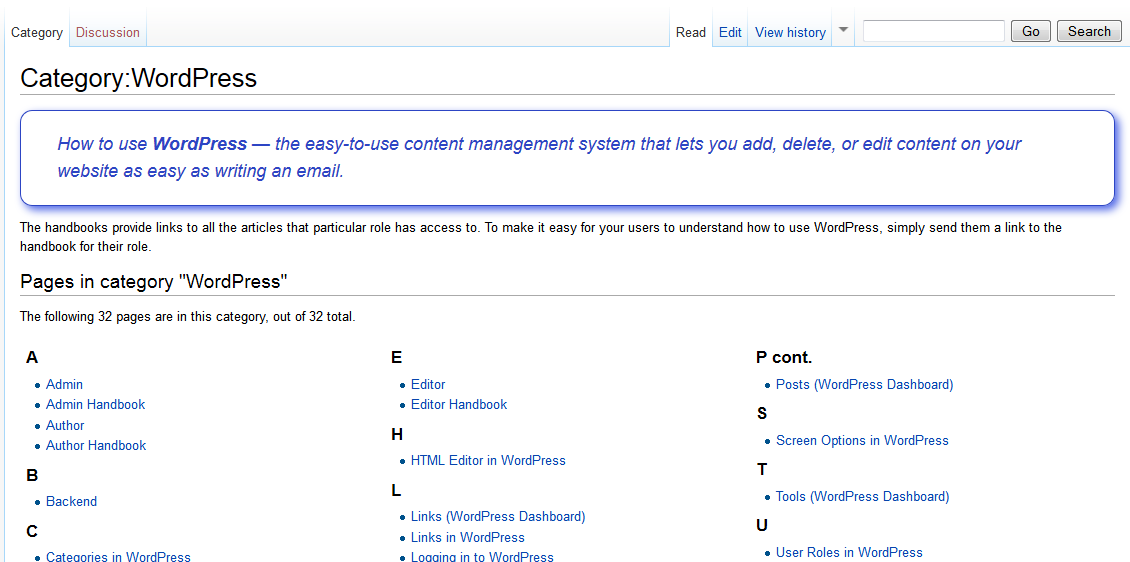

If the page or section to be edited already exists then only its wikitext is loaded, the preload command is ignored. The wikitext of the source page is preloaded into the editbox if the page or section does not exist yet. There are also a number of extensions available to trigger your preload file, see below.

Preloading can be done with a preload parameter in a URL like which links to the edit box of a new page, preloaded with Template:Foo. place preload file in Template: CategoryName/Preload.place template in Template: CategoryName.Naming and documenting the preload file takes some care, because preload files don't always show up on "What links here" and so are at risk for accidental deletion (no info/no links-hard to tell from an article that got created and abandoned).įor template based preload files, the following naming conventions may help avoid accidental deletion: Others leave that decision entirely up to the system administrator. Some extensions have specific expectations as to where the preloaded text should be stored. The preload file is often an article with an embedded template.įor example, if you wanted one article for each customer or marketing contact, you might want to preload text that looks something like the example below. Set up the trigger to load the preload file.Create pages for the preload files and supporting templates.

Design the preload file and its supporting templates.
#MEDIAWIKI CREATE NEW PAGE FREE#
This technique is especially useful when the wiki contains one or more categories of articles, with lots of pro-forma text or the information that needs to be collected for such articles is a mix of structured data and free form text.Ĭreating pages with preloaded text is a three step process: Preloading wikitext presents the user with a partially created page, possibly with inline instructions for content organization, rather than a blank page. The status assigned to each extension is self-assigned by the maintainer and does not represent the opinion of the MediaWiki development team. I would still be very interested if there is an easier way to do this.Please note: Some techniques recommended in this article require the use of extensions. Obviously, this is not a straight forward process, but it does work. ) and paste in the skeleton markup they just copied. One solution that I have found (not the best, in my opinion), is to use the preview button to generate the skeleton/template page.įor example, I create a template for my Journal, named Template:Journal I would have to think there is an extension or something that can do what I'm looking for, but I can't find it, or I don't know the correct terms to search for it.ĭoes anyone know what I'm talking about or have any ideas? Okay, I could build a stub page for every day of the year, but the problem is that entries will only need to be filled in on probably 50 random days of a year, so there are 315 wasted stub pages.

I researched Stub pages on the wikipedia site, but those look more like placeholders for a page that you want someone to build. I researched templates on the mediawiki site, but those are more like sub pages that you can include in multiple pages (as I understand). That way they don't have to worry about missing a section or a category tag, etc. What I would like to have is some sort of skeleton or template page that the user can go to and clone a copy and just "fill in the blanks". I also want it to include some ] tags as well. I want each Journal page to be in a certain format, for example: Page Title is today's date
#MEDIAWIKI CREATE NEW PAGE INSTALL#
I have a local install of Media Wiki, and there is a type of page that our users will be adding frequently - it is like a journal page for a certain day, where they can log their activities for that day. I'll try to explain what I'm looking for: Hopefully this won't be too confusing, because I am not to familiar with the terminology.


 0 kommentar(er)
0 kommentar(er)
